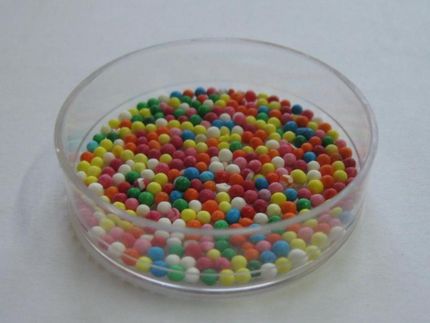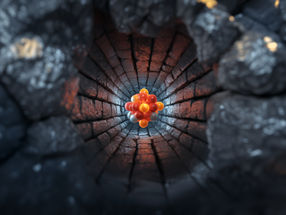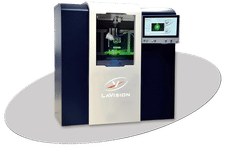Efficient process for the production of synthetic diamonds
Diamonds are not only "a girl's best friend". Technicians also like the gems, which are used in many fields because of their unusual hardness and interesting thermal and optoelectronic properties. This form of carbon has not only been employed in polishing, drilling, and cutting, but also in microelectronics, as a material for both sensors and protective coatings. In general, natural diamonds are not used in these technical applications.Instead, synthetic mini-diamonds are employed. Chinese researchers have now developed a new process for the production of diamonds; it requires lower temperatures than previous techniques, which could make it a profitable alternative.
Industrial diamond production processes are mostly based on the conversion of graphite into diamond at extremely high pressures and temperatures (about 1.4 Kbar and up to 1400 °C). There are also some alternative techniques that are just as energy-hungry, requiring temperatures in the 800--1000 °C range.
The 500 °C required for the new method developed by Qianwang Chen and his team seems modest in comparison. In addition, their process works without any especially demanding steps. Magnesium carbonate (MgCO3) and metallic sodium are heated in an autoclave; at these temperatures, MgCO3 is pyrolyzed to give magnesium oxide (MgO) and carbon dioxide (CO2), and a high pressure builds up in the autoclave. The subsequent reaction of sodium with CO2 forms sodium carbonate (Na2CO3) and elemental carbon -- in both graphite and diamond forms. One of the reasons this works so well is that under the pressure and temperature conditions that develop in the reaction, the CO2 is in a supercritical state; it thus has a higher polarity than in the gaseous state, which facilitates its absorption onto the surface of the sodium and also the subsequent reaction.
The mixture of products contains relatively large grains of diamond. Electron microscopy reveals well-crystallized mini-diamonds with diameters reaching up to 0.5 mm. The diamond yield depends strongly on the exact reaction conditions. Under 500 °C, only graphite is produced. Under optimal conditions, a diamond yield of 6.6 % is obtained.
Other news from the department science
These products might interest you
Most read news
More news from our other portals
See the theme worlds for related content
Topic world Sensor technology
Sensor technology has revolutionized the chemical industry by providing accurate, timely and reliable data across a wide range of processes. From monitoring critical parameters in production lines to early detection of potential malfunctions or hazards, sensors are the silent sentinels that ensure quality, efficiency and safety.

Topic world Sensor technology
Sensor technology has revolutionized the chemical industry by providing accurate, timely and reliable data across a wide range of processes. From monitoring critical parameters in production lines to early detection of potential malfunctions or hazards, sensors are the silent sentinels that ensure quality, efficiency and safety.





























































